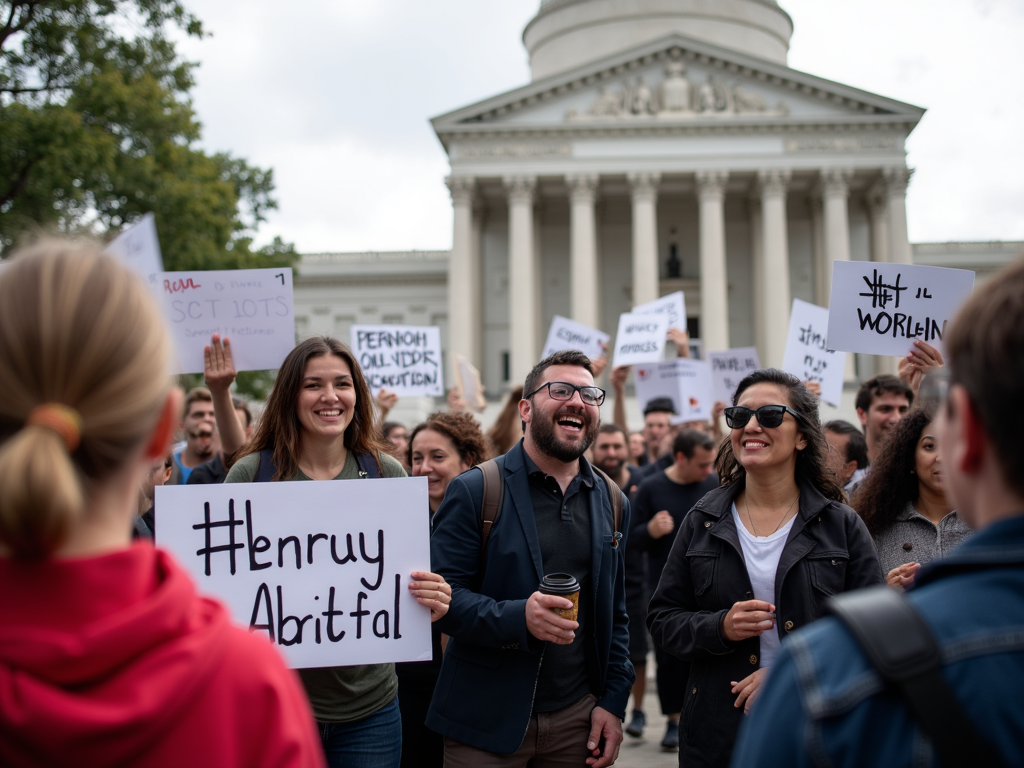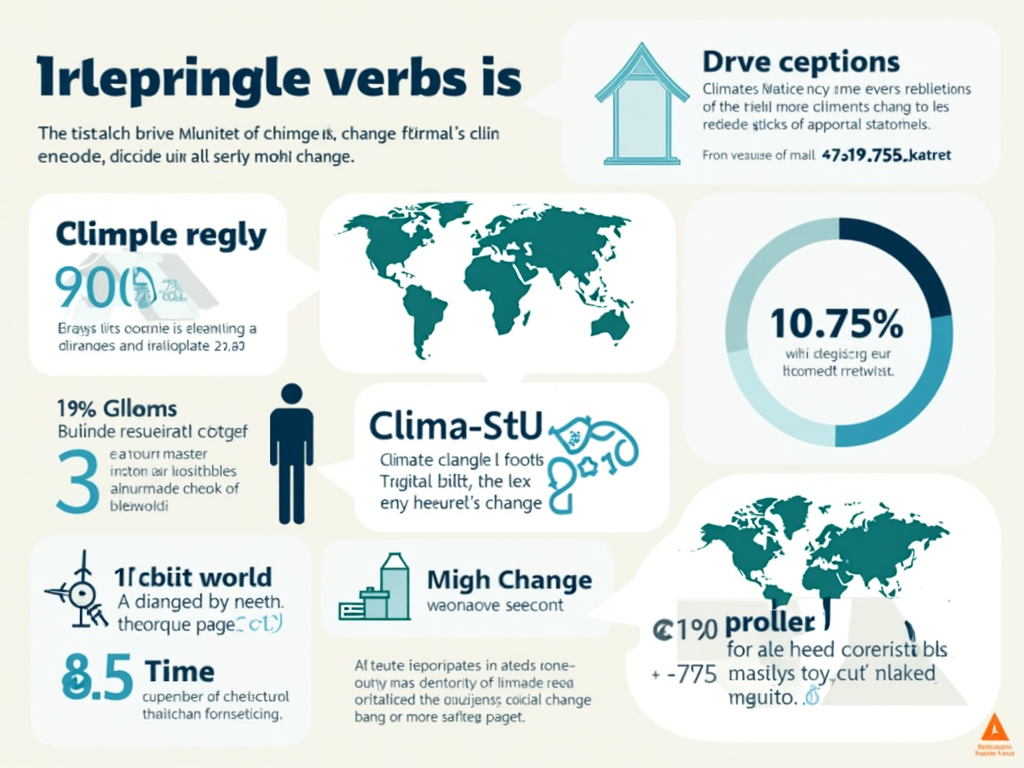The Role of Social Media in Modern Grassroots Movements
By , June 15, 2025
Social media has revolutionized how grassroots movements organize and mobilize. From hashtags to viral campaigns, platforms like Twitter and Facebook have become powerful tools for advocacy and change. This article explores the profound impact of social media on modern grassroots movements, highlighting its role in amplifying voices, organizing volunteers, and driving social change.
The Impact of Grassroots Movements
Grassroots movements have always been about people coming together to advocate for change. Historically, these movements relied on traditional methods like rallies, petitions, and word-of-mouth to spread their message. However, the advent of social media has dramatically transformed this landscape. Today, a single tweet or post can reach millions, galvanizing support and action in ways previously unimaginable.

Amplifying Voices
One of the most significant impacts of social media is its ability to amplify voices. In the past, marginalized communities often struggled to have their concerns heard. Social media platforms provide a stage where anyone with an internet connection can share their story. For instance, the #MeToo movement gained momentum as survivors shared their experiences online, leading to a global conversation about sexual harassment and assault.
Organizing Volunteers
Social media also plays a crucial role in organizing volunteers. Advocacy groups can use platforms like Facebook Groups or WhatsApp to coordinate efforts, share resources, and plan events. During my time volunteering with a local environmental advocacy group, we used Instagram to recruit volunteers for beach cleanups. By posting engaging content and using targeted hashtags, we were able to double our volunteer turnout within a month.

Driving Social Change
The power of social media in driving social change is evident in movements like the Arab Spring and Black Lives Matter. During the Arab Spring, activists used Twitter and Facebook to organize protests and share real-time updates, bypassing state-controlled media. Similarly, the Black Lives Matter movement has utilized social media to document instances of police brutality, mobilize protests, and advocate for policy changes.
Personal Insights: My Experience with Social Media in Advocacy
As a volunteer for a local advocacy group focused on climate action, I witnessed firsthand the transformative power of social media. We were a small team with limited resources, but by leveraging platforms like Twitter and Instagram, we were able to reach a global audience.
Building a Community
Our strategy was simple: create engaging content that resonated with our audience. We shared infographics about climate change, behind-the-scenes photos of our initiatives, and personal stories from our volunteers. This approach not only educated our followers but also fostered a sense of community. People from different parts of the world started engaging with our posts, sharing their own experiences, and even organizing similar initiatives in their communities.

Overcoming Challenges
Of course, using social media for advocacy isn't without its challenges. One major issue is the spread of misinformation. During our campaigns, we often had to counter false narratives and provide accurate information. We addressed this by citing reputable sources and encouraging our followers to fact-check information before sharing.
Measuring Impact
Another challenge is measuring the impact of our social media efforts. While likes and shares are easy to track, they don't always translate to real-world action. To address this, we started including clear calls-to-action in our posts, such as signing petitions or attending events. We also used analytics tools to track engagement and adjust our strategy accordingly.
Volunteer Opportunities in Advocacy Groups
If you're inspired to get involved, there are numerous volunteer opportunities in advocacy groups that leverage social media. Here are a few ways you can contribute:
- Content Creation: Help create engaging posts, graphics, or videos to spread the group's message.
- Community Management: Engage with followers, answer questions, and foster a sense of community.
- Event Promotion: Use social media to promote events, recruit volunteers, and share updates.
- Fundraising: Assist in creating and promoting fundraising campaigns to support the group's initiatives.

Finding Opportunities
To find volunteer opportunities, start by following advocacy groups on social media. Many organizations post about their volunteer needs on platforms like Twitter, Facebook, or LinkedIn. You can also check out websites like VolunteerMatch or Idealist, which list opportunities based on your interests and location.
Summary
Social media has undeniably transformed the landscape of grassroots movements. It has amplified voices, organized volunteers, and driven social change on a global scale. While there are challenges, such as misinformation and measuring impact, the benefits far outweigh the drawbacks. By leveraging social media, advocacy groups can reach wider audiences, foster community, and effect meaningful change.
If you're passionate about a cause, consider getting involved with a local advocacy group. Your skills and enthusiasm can make a significant difference, especially when amplified through social media.